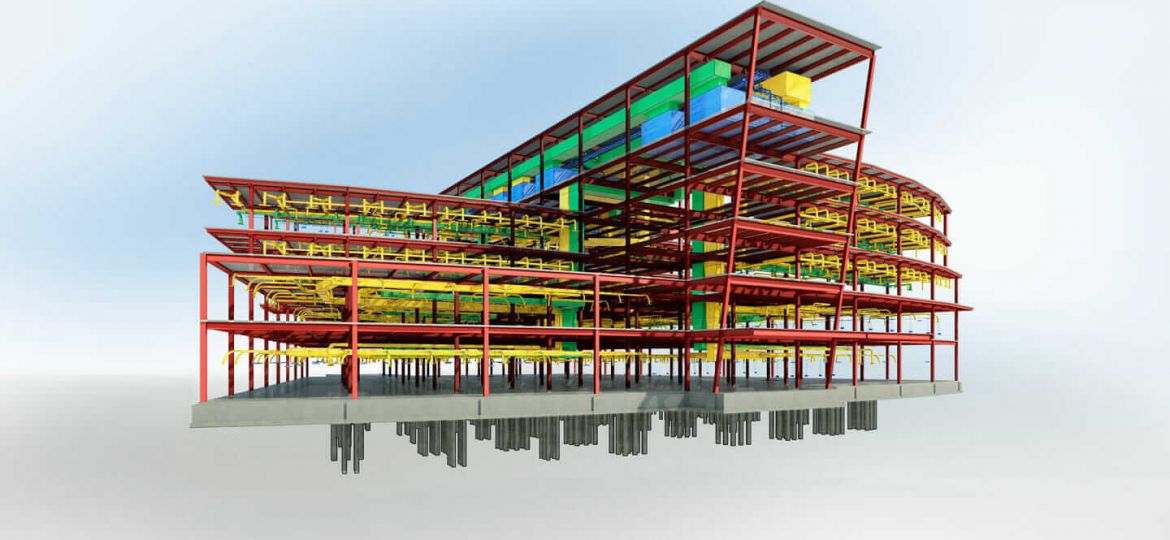
Image Source: Redshift Autodesk
We have the opportunity to feature a guest post from Blaze Inc – an expert BIM consulting company. Our guest is Onyema Udeze – the Co-founder and BIM Architect for Blaze Inc. and Blaze Threads
In this article, I will address the importance of BIM Adoption by the AECO (Architecture, Engineering, Construction, and Operations) sector. I will also recommend the best ways that Architects – and Architectural firms – can successfully embark on a BIM journey.
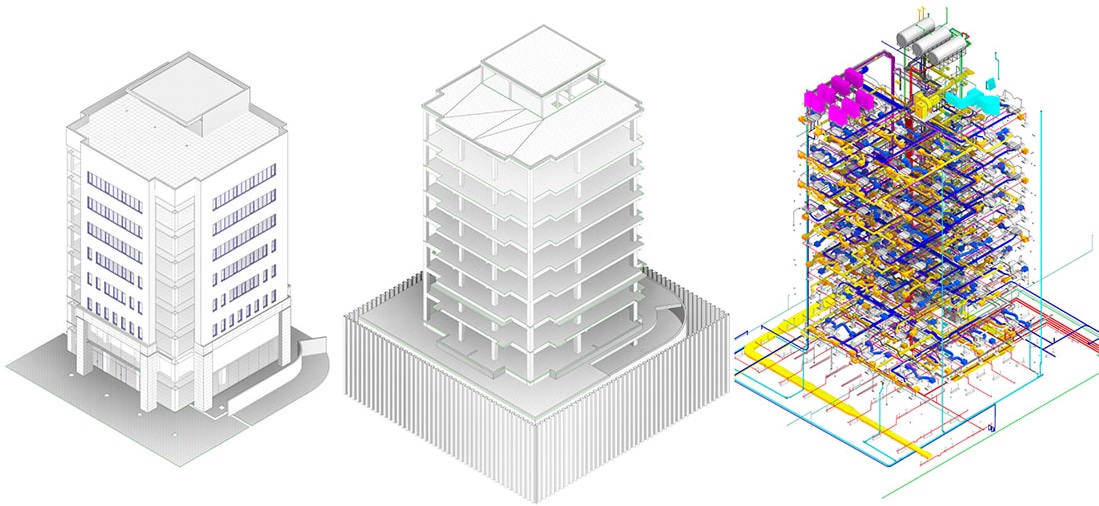
“Building Information Modeling (BIM) is a digital representation of the physical and functional characteristics of a facility that serves as a shared knowledge resource for information about a facility, forming a reliable basis for decisions during its life cycle from inception onward” – National Institute of Building Sciences.
A primary pain point that brought about the increased need for BIM in the industry is the traditional contracting method, popularly known as Design-Bid-Build (DBB). Going through three stages in the course of delivering a project: Design, then Bid and then Build is a recipe for most of the inefficiencies found in our industry today. It brings about a divide between the consulting side and the contracting side on a project, who end up having adversarial relationships. Also, the inputs of contractors, sub-contractors, suppliers, and the trades are never sought, until late into the project.
It is not surprising that as much as 30% of the activities on a typical construction site are wasteful.
Just a quarter of construction projects typically come close to 10% of their original deadlines.
Source: KPMG, Climbing the Curve, 2015 Construction Project Owner’s Survey.
To make matters worse, the average global construction project margins keep falling every year.
Source: Turner and Townsend International Construction Market Survey, 2016.
To address these issues, developed economies began to embrace more integrated procurement contract methods, such as Design-Build. But Design-Build tends to protect the interest of the contractor more. Hence, a more holistic approach is Integrated Project Delivery. In an Integrated Project Delivery contract method, both rewards and risks are collectively-shared by all the stakeholders on a project.
For this integrated delivery to be successful, a process that brings all these parties together needs to be deployed. That is where Building Information Modeling (BIM) comes in.

One of the strategic activities that help to bring everyone on the same page from the project inception is what is called BIM Execution Planning. This helps to address such things as:
- What are the client’s goals for the project? These are ideally reduced to a document called the Employer’s Information Requirements (EIR).
- What BIM Uses will help to achieve the stated goals? Model Authoring, Cost Estimation, Record Modeling, Clash Detections, etc.
- Who are the Responsible Parties for each of the BIM Uses?
- How do the established BIM uses relate to each other over the project life cycle? Concept Design Stage, Detail Design Stage, Construction Documentation Stage, etc.
- What are the Information Exchanges required from each BIM Use?
- Who is sending the information, to who, at what Level of Information Need, (LoIN), etc.?
- What hardware, software, and IT infrastructure is needed to achieve the project goals? And so much more.
All these issues are addressed over a series of meetings until a dynamic document called the BIM Execution Plan is created. This document will guide everyone over the project life cycle – while still being constantly updated.
It is, therefore, obvious that adopting BIM on a project benefits everyone, as it helps to bridge communication gaps – which, otherwise, would result in numerous problems.
Being a visual, model-based process, BIM helps everyone to visualize the end from the beginning.
- This helps to identify and resolve potential clashes on a project.
- It helps to sequence the project execution – regarding time and resources (known as 4D BIM).
- It helps to extract accurate quantities and carry out accurate cost estimates (known as 5D BIM).
- It helps to carry out diverse analyses – Mechanical, Structural, Sustainability, etc. (known as 6D BIM).
- The information within the Federated BIM Model will ultimately be handed over to the Facility Manager (otherwise known as 7D BIM).
Having outlined some of the benefits of BIM for the industry, how do Architects embark on this journey?

Because Architects serve primarily consulting functions – be it under a Design-Bid-Build or a more Integrated Contract method – I will focus more on the place of BIM during design.
- One of the first steps for Architects and Architectural firms is staff upskilling on the requisite BIM Tools. A lot of Architects today know how to create visually-appealing 3D Models, but not information-rich models that can be used for accurate costing, analyses, and project sequencing.
- Because creating and managing information is central to a successful BIM adoption, Architectural firms must have at least one dedicated BIM Manager. This person will help set up and manage the information flow both internally and externally, as regards BIM. This entails managing such things as File Naming Convention, Folder Structures, Shared Parameter Files, Keynote Files, etc.
- Architectural firms need to start thinking about the communication channels with the other consultants: Structural, M&E, Specialty Consultants, etc. Communication here is both human and software communications. It is vital to establish early enough a common platform for exchanging information, popularly referred to as the Common Data Environment (CDE). A popular solution in Nigeria today is Autodesk BIM 360. It is also crucial to clarify the software each team will be using, and what formats the software supports. Does it, at least, support the IFC Format? What version of those tools as well? All these would help to avoid Interoperability problems, where the teams cannot readily use the information from the other teams.
- Architectural firms need to familiarize themselves with other Digital Transformation trends that will make their work more efficient. Such as Virtual Reality, Rapid Prototyping, Generative Design, Reality Capture, Programming, etc.
In conclusion, according to a popular McKinsey Study, the construction sector is the second least-digitized sector in the world today – just slightly above Agriculture and Hunting. Amidst so many other factors, we are a very conservative industry. Hence, we are collectively reluctant towards changing the long-standing ways of doing things, even if it becomes clear enough that they are not the best. But in the bid to adopt these new processes and trends, a lot of firms tend to focus on just technology; hence, they end up seeking overnight success.
BIM requires strategic implementation. It requires changing established business processes. But even more important than the process is the people involved. For BIM adoption to be effective in a firm, everyone needs to understand the reason for the changes – and buy into it. Hence, it requires both a top-bottom and a bottom-up approach. If you would like to know your Company’s BIM maturity, follow this link to take a short test.
One of the Lean Manufacturing Principles from the king of manufacturing – Toyota – is “Make Decisions Slowly by Consensus, Thoroughly Considering All Options, Implementing Rapidly” – known as ‘Nemawashi’ in Japan.
About the Writer:
Onyema Udeze is the Co-founder and BIM Architect for Blaze Inc. and Blaze Threads
He is also a Director at BIM Africa.
He is an Autodesk Certified Professional for Revit Architecture, Mechanical, and Electrical.
He is an Author and an Entrepreneur passionate about positive change in the construction sector, leveraging technology.




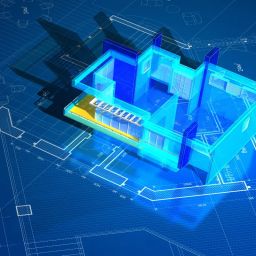


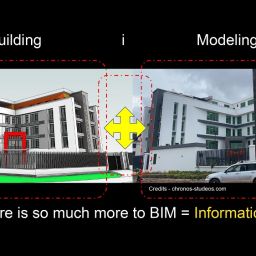

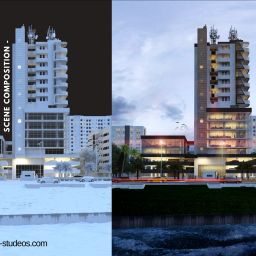




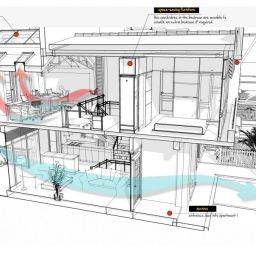


Great article – so right that BIM offers a lot of potential for architects as well as the whole construction world. I especially agree that reality capture is an important technology to embrace alongside BIM – it enables firms to increase the benefits of BIM so much more.
[…] enable you to work with ease and bring your ideas to life. Maximize it. For instance, the rise of BIM solutions that are aided by artificial intelligence (AI) and Virtual reality (VR) should not scare you. […]